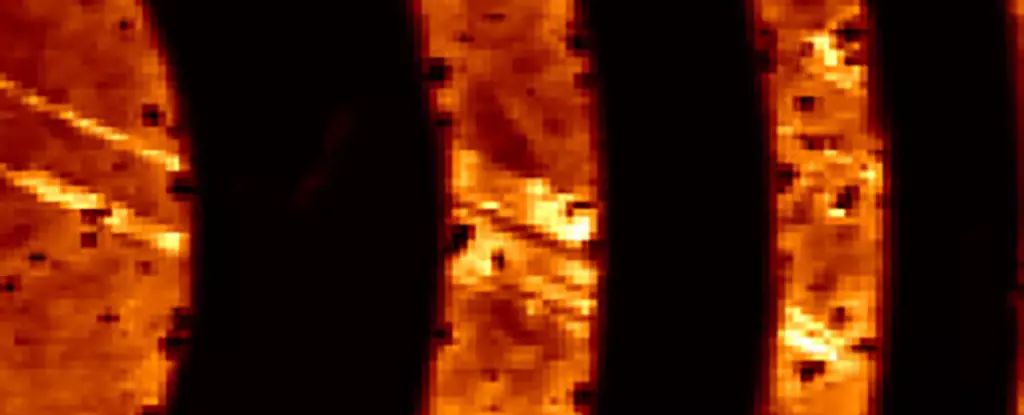The development of a lens just three atoms thick marks a significant milestone in the field of quantum physics. This innovative approach not only breaks records for being the thinnest lens ever made but also showcases a unique feature – the ability to allow most wavelengths of light to pass through. This attribute holds immense potential in revolutionizing optical fiber communication and enhancing devices such as augmented reality glasses.
A Quantum Leap in Lens Technology
Unlike traditional lenses that rely on transparent materials to bend light through refraction, this groundbreaking lens utilizes a quantum phenomenon. By etching concentric rings into a thin layer of tungsten disulfide (WS2), the lens harnesses the behavior of excitons – the combined form of electrons and ‘holes’ created when WS2 absorbs light. This allows for the efficient focusing of specific wavelengths of light while enabling other wavelengths to pass through unaltered.
The research team from the University of Amsterdam and Stanford University has demonstrated the microscopic precision of the lens by focusing red light at a distance of 1 millimeter away. Moreover, the efficiency of the lens is further enhanced at lower temperatures, indicating the potential for optimizing its performance through controlled environments. By manipulating exciton behavior, future experiments aim to enhance the lens’s capabilities and efficiency even further.
The implications of this breakthrough extend beyond the realm of lens technology. Researchers envision incorporating optical coatings on various materials to leverage the unique properties of excitons. By adjusting the electrical charge density in the material, it may be possible to alter the refractive index and enhance the lens’s capabilities. This opens up avenues for exploring novel applications in optical communication and miniature electronic systems.
The development of the thinnest lens ever made highlights the power of quantum technology in pushing the boundaries of traditional optics. By harnessing the behavior of excitons, researchers have unlocked a new realm of possibilities for enhancing optical devices and communication systems. As further studies delve into fine-tuning exciton properties, the potential for advancements in lens technology remains vast and promising.


Leave a Reply